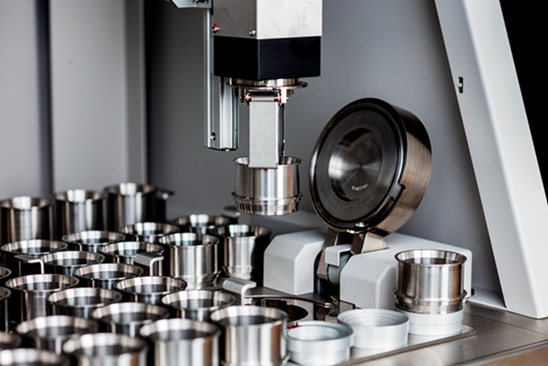
The JRC has demonstrated the feasibility of using a combination of Energy Dispersive X-Ray Fluorescence (ED-XRF) spectroscopy and pattern recognition techniques to support the fight against food fraud.
The plant species, the environment where it is grown and how it is grown (organic or conventional) has a lasting influence on the elemental composition of food.
The higher price consumers have to pay e.g. for organic products or those produced in a specific geographical region, makes them an attractive target for fraudsters.
“We need versatile and rapid technologies that can be applied to different matrices, that are field deployable, and do not require highly qualified operators”, explains JRC scientist Beatriz de la Calle Guntiñas.
JRC scientists found striking differences in the elemental fingerprint of food in dependence of its geographical as well as botanical origin, manufacturing processes and agricultural production system (organic or conventional). Recording this fingerprint and extracting information from the data using machine learning can help verifying a claim made about the origin of a product or the production system.
The developed tool has the potential to be a powerful way to protect agri-food products with a high commercial value from imitations.
An environment-friendly technique
Energy Dispersive X-Ray Fluorescence (ED-XRF) is an analytical technique known for long, so far mostly used to carry out multi-elemental analysis of soils, rocks, metals and alloys.
Elemental analysis by ED-XRF does not require sample digestion with corrosive chemicals, which reduces significantly the environmental impact of this type of analysis. It can be applied to a wide variety of foodstuffs without any or only minimal sample treatment.
Another advantage is that once the spectrometer is calibrated, 20-30 elements can be quantified independent of the sample matrix.
The resulting elemental fingerprints in combination with pattern recognition techniques can then be used to build decision rules to classify samples according to origin, production system, etc. Portable and hand-held ED-XRF instruments are commercially available at competitive prices, making this technique ideal for on-site screening analysis.
The JRC has demonstrated the feasibility of using elemental analysis by ED-XRF spectroscopy to address questions relating to:
- Botanical variety
- Geographical origin
- Agricultural production system

Related Content
Differentiation of coconut sugar from cane sugar
Details
- Publication date
- 24 March 2021
